Open dates in 2024: June 3-7, 10-14, 17-21, 24-28, July 1-5, 8-12, 15-19, 22-26, 29-31, Aug 1-31, Sept 1, 9am-1pm
Fee: adult €10, OAP/student €8, child €5

donation
Help me to pay the entrance fee to one of the houses on this website. This site is created purely out of love for the subject and I receive no payment so any donation is appreciated!
€10.00
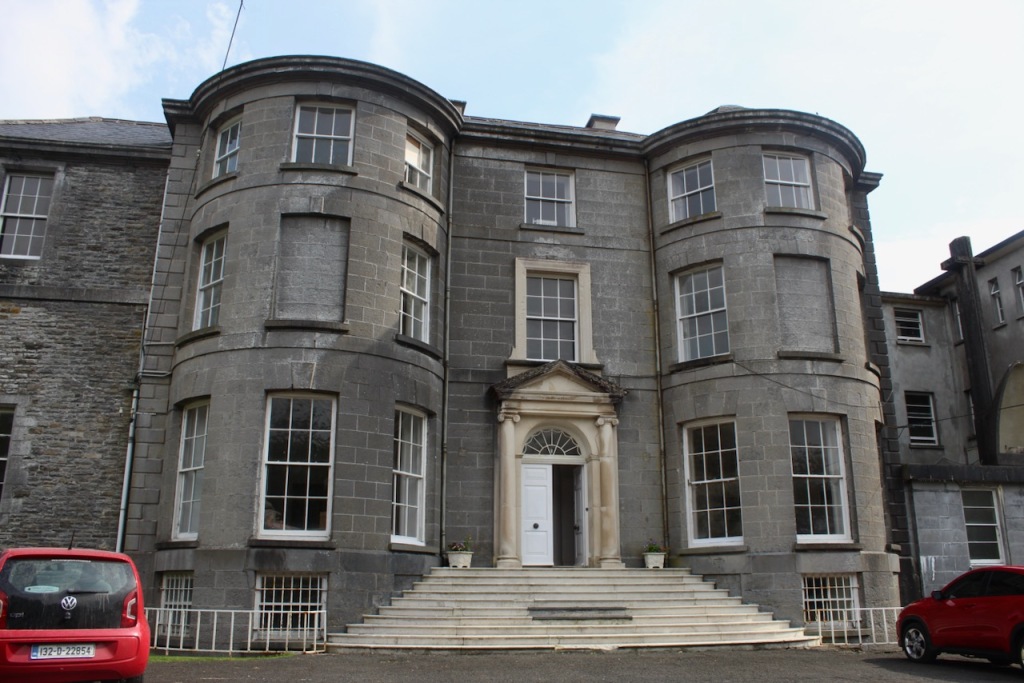
We visited Mount Trenchard during Heritage Week 2022. The owner is in touch with the original occupants of the house, the Spring Rice family, and they visited several times.
The Landed estates database tells us:
“Lewis described this mansion formerly called Cappa as “beautifully situated on the banks of the Shannon”. Marked as “Cappo” on the Taylor and Skinner map of the 1770s. Home of the Rice/Spring Rice family in the 19th century, valued at £40 in the 1850s and at £54 in 1906. Occupied by the Military in 1944, sold to Lady Holland in 1947 and to the Sisters of Mercy in 1953 who opened a school.” [1]
The National Inventory tells us that the house was built in 1777, and it was originally a three bay three storey over basement house. [2] It has two bays in front, with an entrance door in a later added doorcase of Ionic pillars and a pediment, and a similar window case above. The door is surmounted by a fanlight. The centre window of each bow on the second storey is blocked up. The facade is of limestone, with cut cut limestone platbands to dividing storeys.
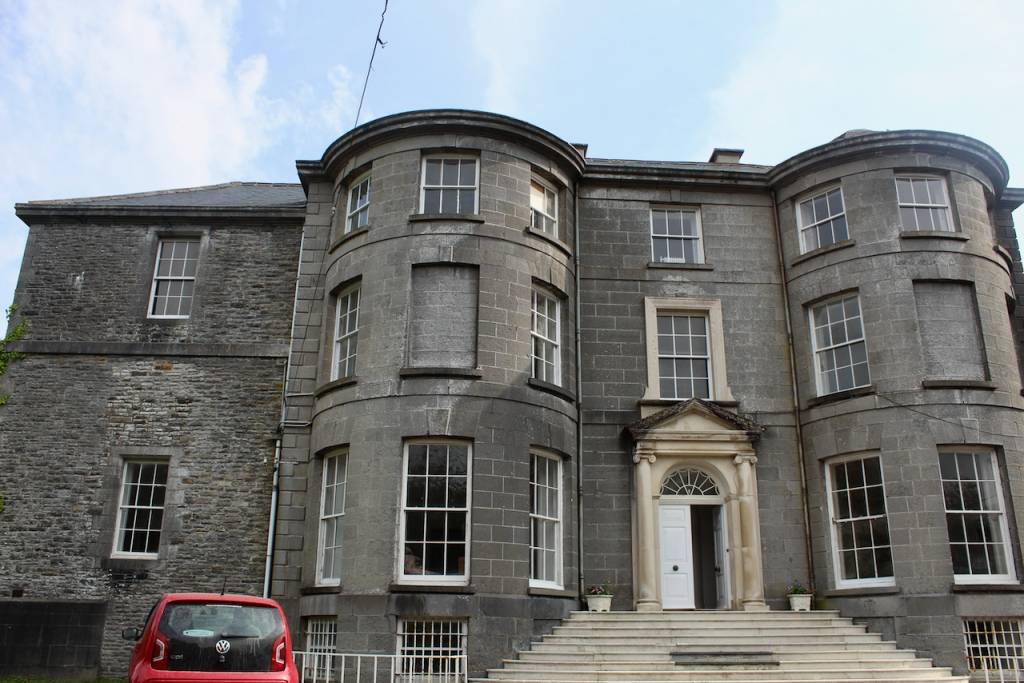
The school part of the property is to one side of the main house. The main house is currently being renovated.

Mark Bence-Jones tells us in his A Guide to Irish Country Houses (1988) that there are Victorian additions either side of the main block and that the front entrance doorcase was a later addition. [3]
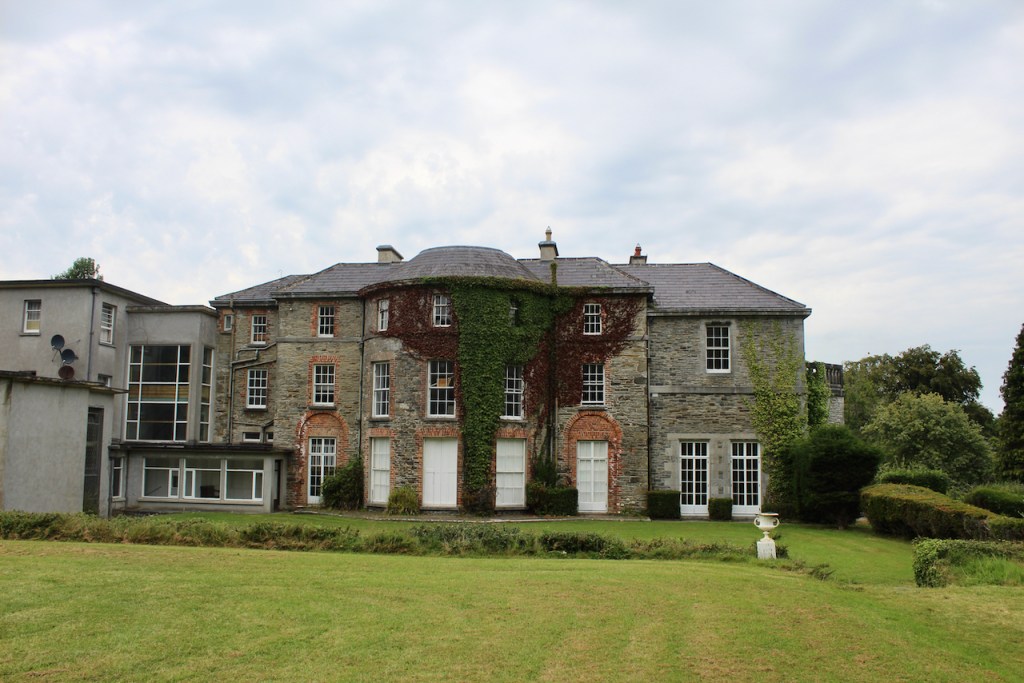
The windows and a door in the back have red brick surrounds and arches over the outer bay doors.
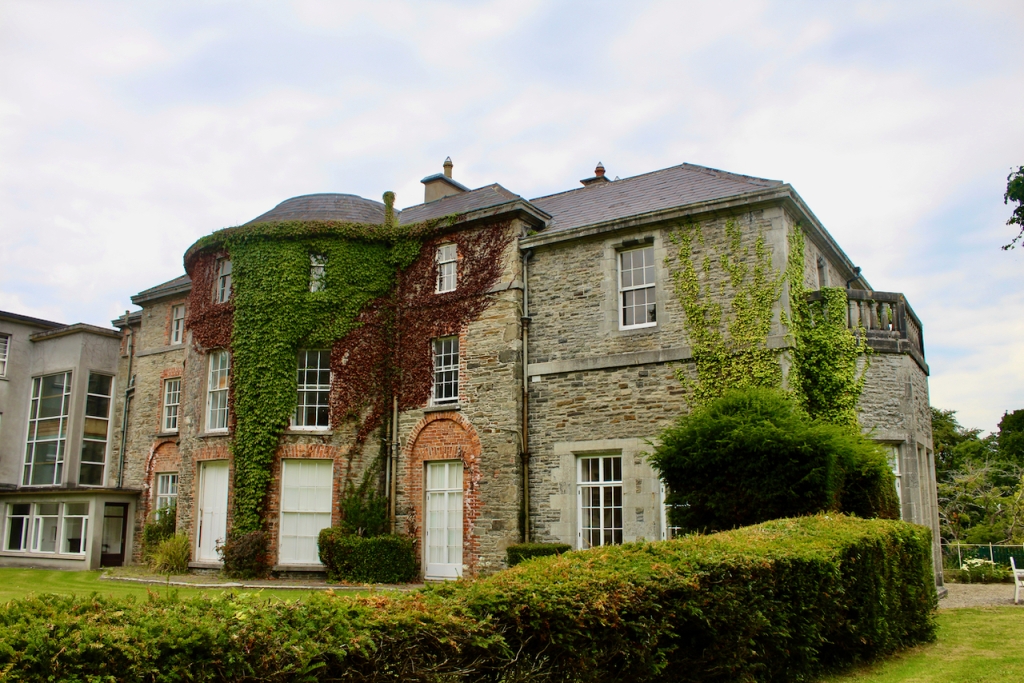


When we were inside the house we were able to go out onto the stone balustraded balcony that is on top of this addition. It gives a lovely view over the gardens.


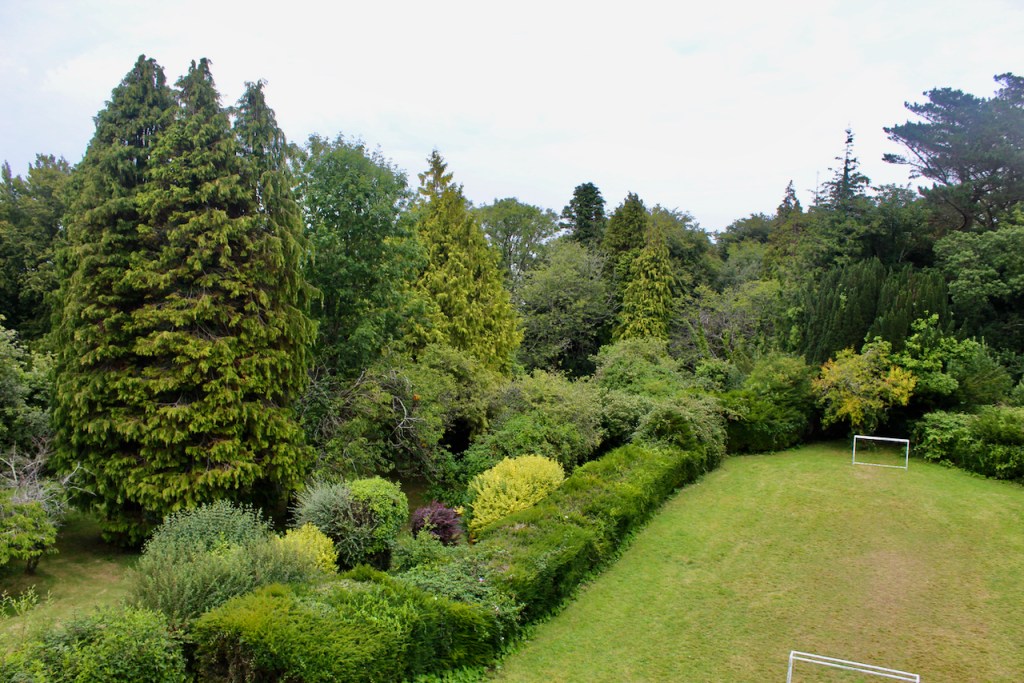

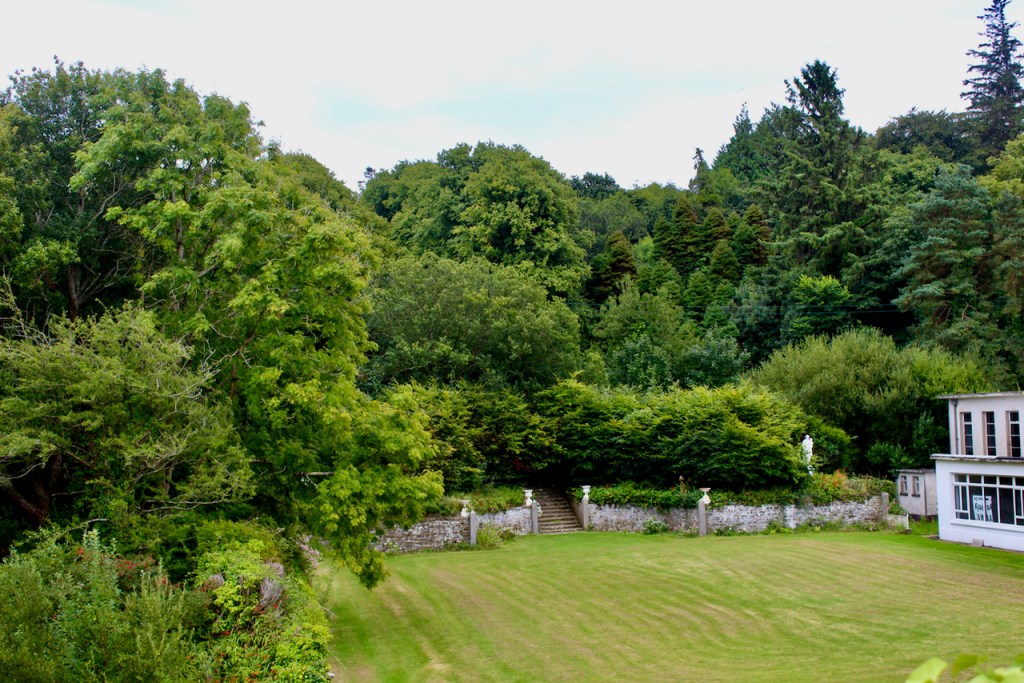
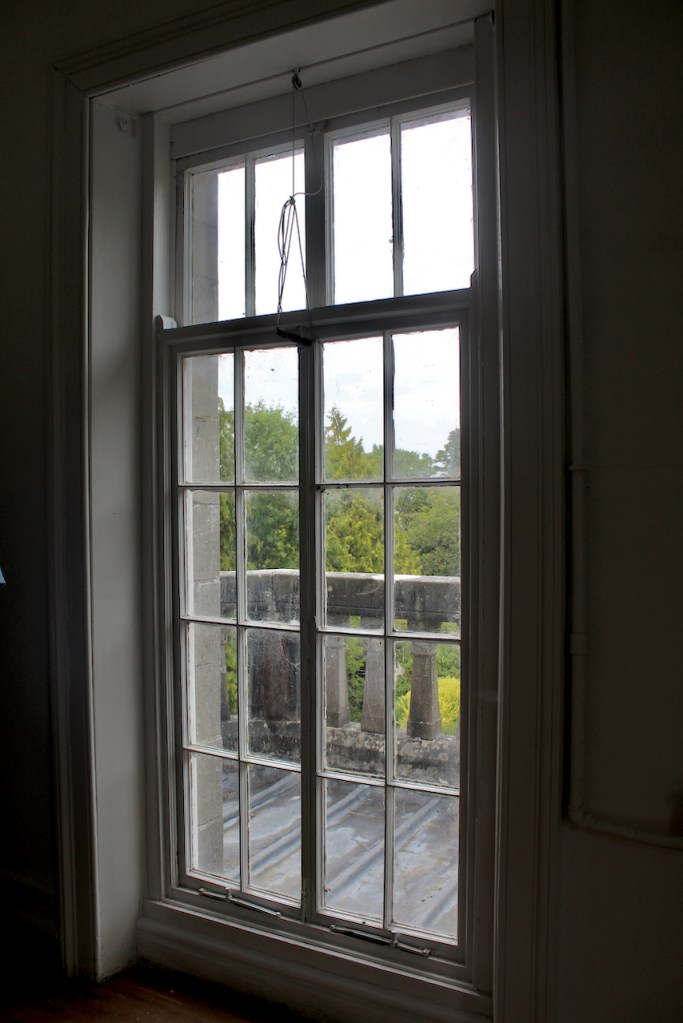
The estate was initially granted to Frances Trenchard on 20 June 1612 by a charter of King James I. He built a house there. The property was later owned by the Rice family.
Stephen Rice (1637-1715), Chief Baron of the Irish Exchequer, and a supporter of James II, wedded Mary, daughter of Thomas FitzGerald, of County Limerick. Stephen Rice came from Dingle, County Kerry and was Catholic. He was a lawyer and had many landholders as his clients, including several from County Limerick. After the battle of the Boyne (1 July 1690), Rice accompanied King James II to France, although he was soon back in Ireland, in January 1691. [4] I am not sure when the property passed from Trenchard to Rice hands.
The Dictionary of Irish Biography tells us that an incomplete patent conferring the title of Baron Monteagle on Rice was allegedly found among the papers of James II after the battle of the Boyne. The title was revived in September 1839 and granted to Thomas Spring Rice (1790–1866) of Mount Trenchard, Co. Limerick, who became Baron Monteagle of Brandon.
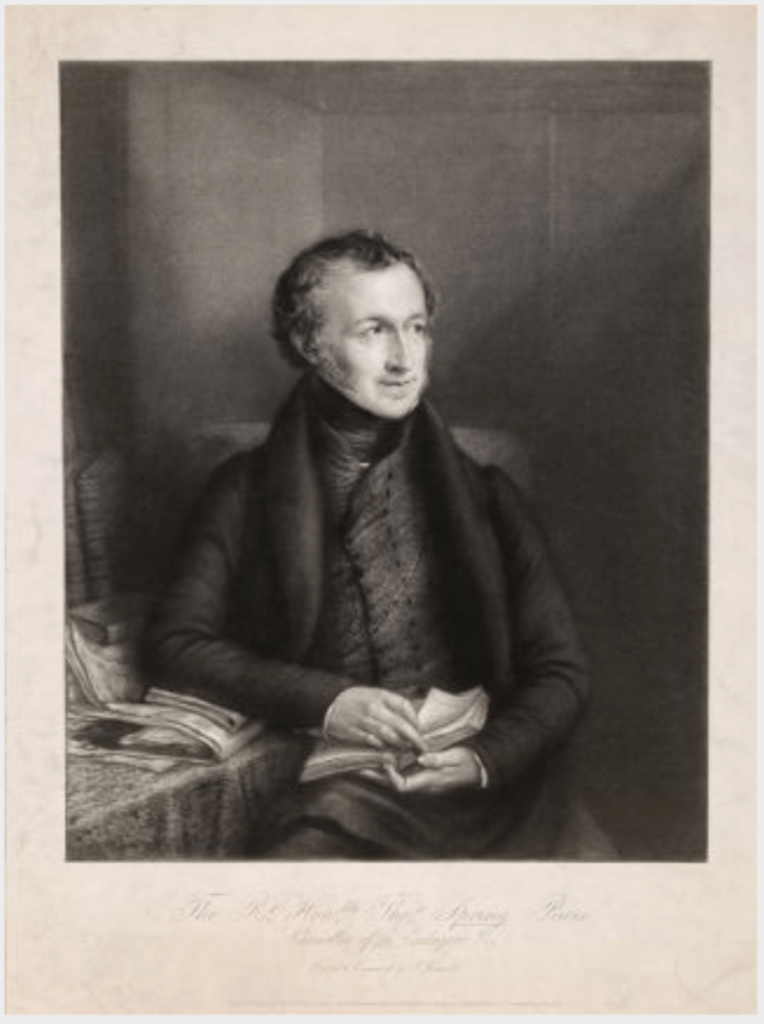
It was Stephen’s son, Thomas, who had Mount Trenchard built much as we see it today, in 1777. Thomas married another Mary Fitzgerald, this one was daughter of Maurice the 14th Knight of Kerry. Thomas was also a lawyer. They had a son, Stephen Edward Rice (d. 1831). He married, in 1785, Catherine, only child and heiress of Thomas Spring, of Castlemaine, County Kerry.
Stephen Edward and Catherine Rice had a daughter Mary who married Aubrey De Vere, 2nd Baronet of Curragh Chase, Co. Limerick. [5]

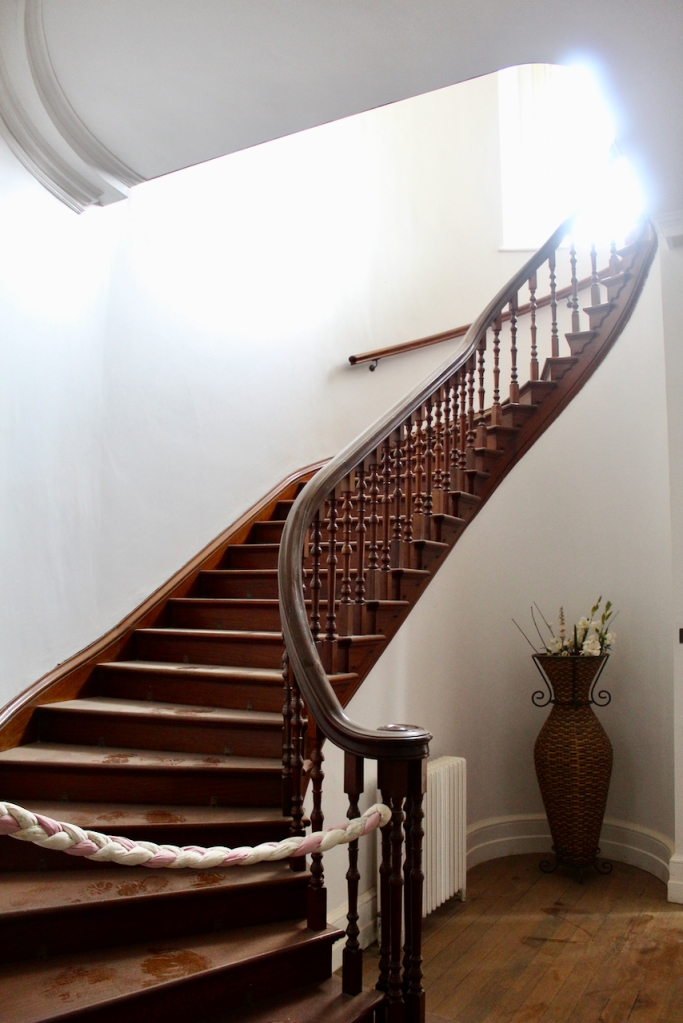

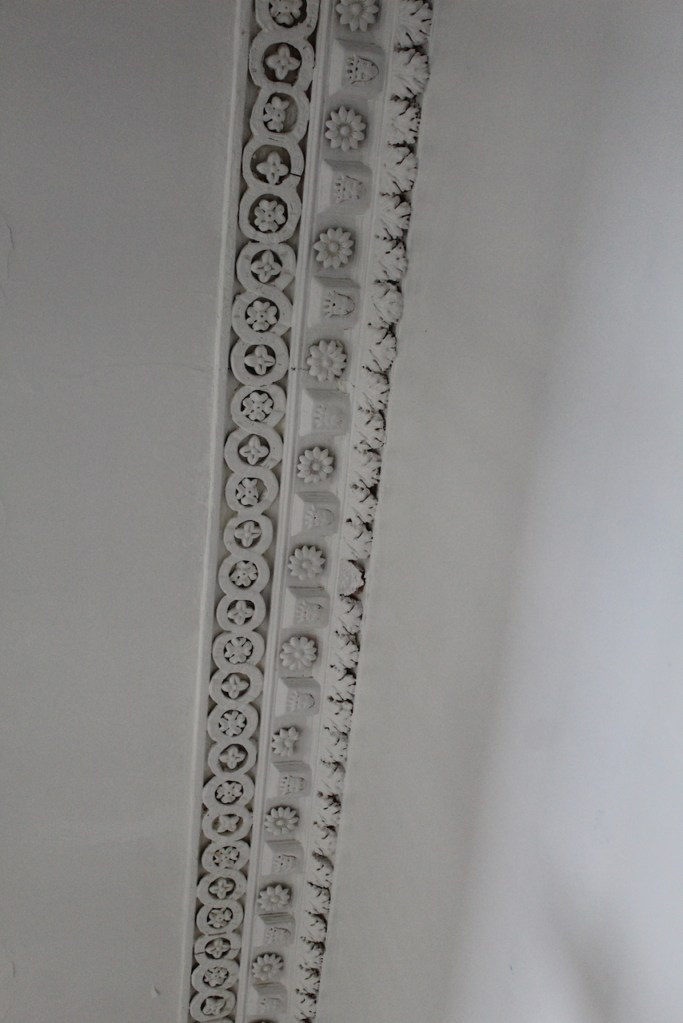
Their son was Thomas Spring-Rice (1790-1866). He married in 1811 the Lady Theodosia Pery, second daughter of Edmund, 1st Earl of Limerick. She brought with her a large dowry. Thomas Spring-Rice was Member of Parliament (M.P.) (Whig) for Limerick between 1820 and 1832, and served in many positions in government, including Chancellor of the Exchequer between 1835 and 1839.
As well as his property in County Limerick, he had property in London, Dublin and Kildare.
Thomas Spring-Rice actively sought to improve the welfare of tenants and of the underprivileged. He led an inquiry into the alleged ill-treatment of inmates in Limerick Lunatic Asylum. He also advocated the end of slavery. He also brought improvements to Limerick, such as having a new bridge built over the River Shannon. He was a supporter of Catholic Emancipation. There is a statue of him Pery Square in Limerick, which looks down on the People’s Park, which was erected due to gratitude for his work toward Catholic Emancipation.
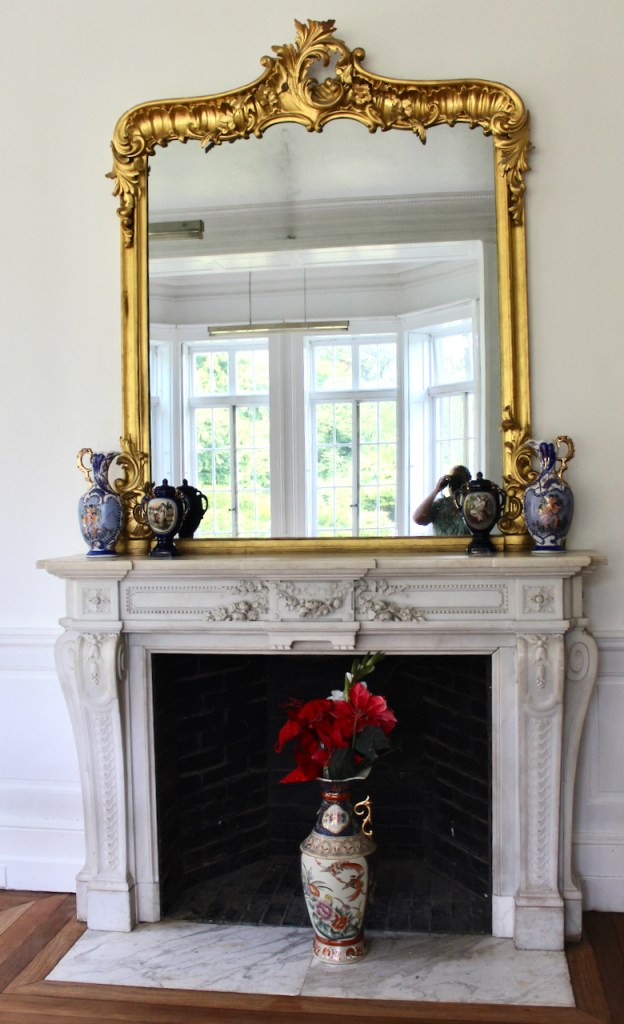
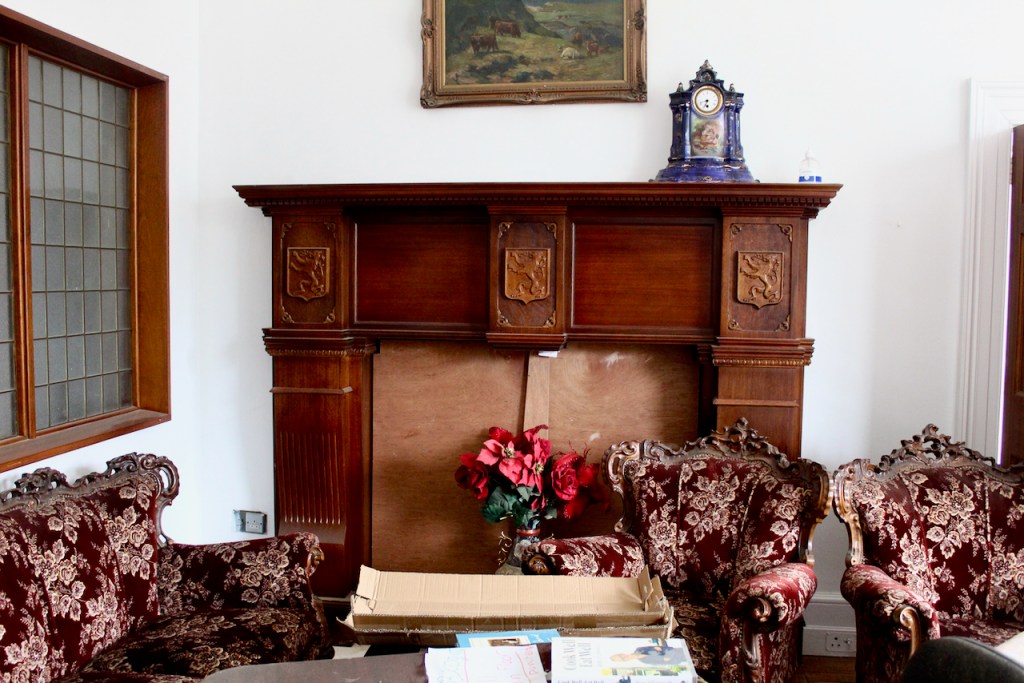
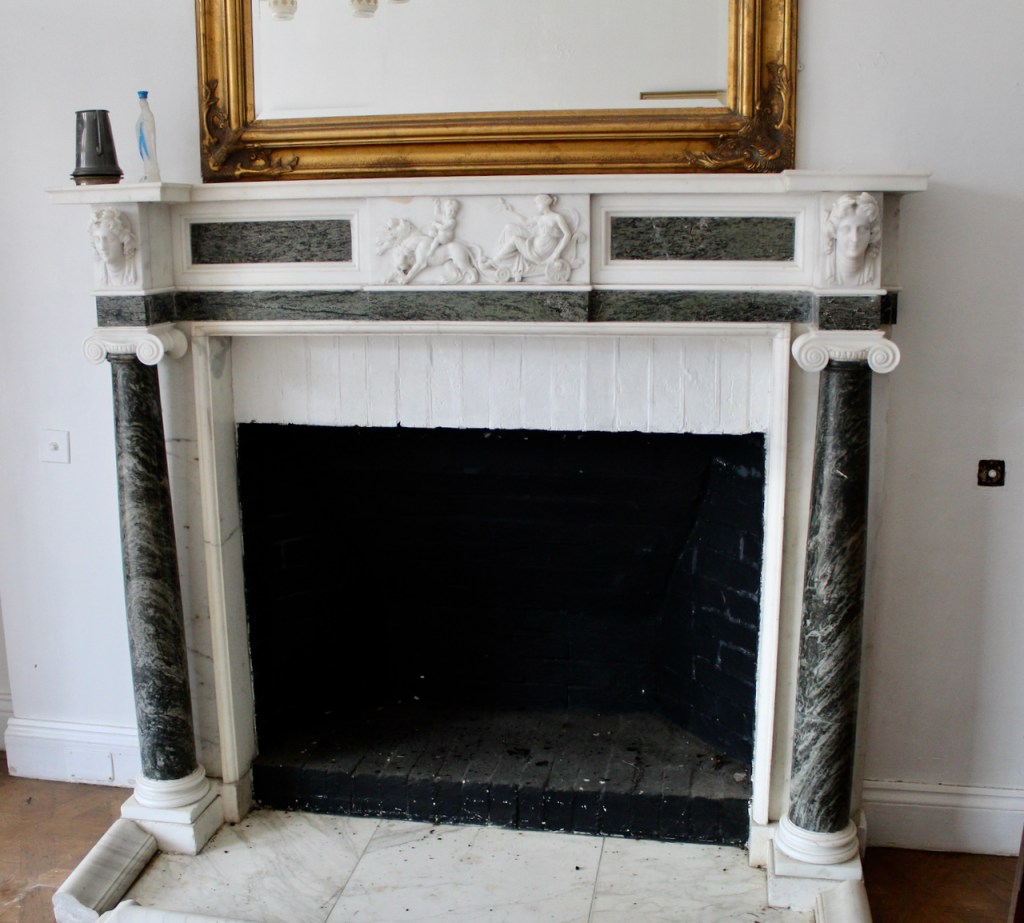
He lost his seat in 1832 but was returned for a seat in Cambridge, so he sat in Parliament in England. Although he supported Catholic emancipation didn’t support repeal of the Act of Union, which disappointed many of his supporters. The Dictionary of Irish Biography tells us that he referred to himself as a West Briton, and may have coined this phrase.
Thomas was elevated to the peerage in 1839 to become 1st Baron Monteagle of Brandon, County Kerry. The Dictionary of Irish Biography gives us a good summary of his subsequent views:
“With his removal to the lords, Monteagle took little part in public life till roused by the famine. An improving, paternalistic landlord, during the crisis years he was characterised by his concern for his tenants, energetic attempts to influence policy, and a mounting bitterness towards the government. His correspondence with the treasury and board of works is of considerable value in helping to elucidate the official government position. His letters and speeches in the lords were studded with rhetorical invective against Britain’s long mistreatment of Ireland. Holding landlords to be as much victims of British mismanagement as tenants, he rejected forcibly any claim that they should be held responsible and continually advocated state intervention, though he felt it should not be limited to road works, but extended to agricultural improvements. He did not accept fixity of tenure, since he felt Irish peasants too prone to subletting. His own experience as a landlord bore this out and he considered overcrowding as the principal evil of Irish agriculture. A strong advocate of state-assisted emigration, he was successful in bringing the lord lieutenant, Lord Clarendon, over to his viewpoint, but not the government as a whole. He personally assisted numerous tenants to emigrate and then acted as mediator between them and their families still on his estate.” [6]


Thomas Rice Spring’s son Stephen died tragically at sea in 1865, and thus a grandson, Thomas (1849-1926) inherited the family property and the title to become 2nd Baron Monteagle in 1866.

The caretaker Tommy showed us the family bible, which follows the tradition of writing births and deaths in the family inside the covers. Here we can see the births recorded of Stephen and his wife, Ellen Mary Frere. They had many children. A daughter Mary married Edward William O’Brien of Cahermoyle House in County Limerick, whose father was the politician, Nationalist and leader of the Young Irelander movement William Smith O’Brien (1803–64).
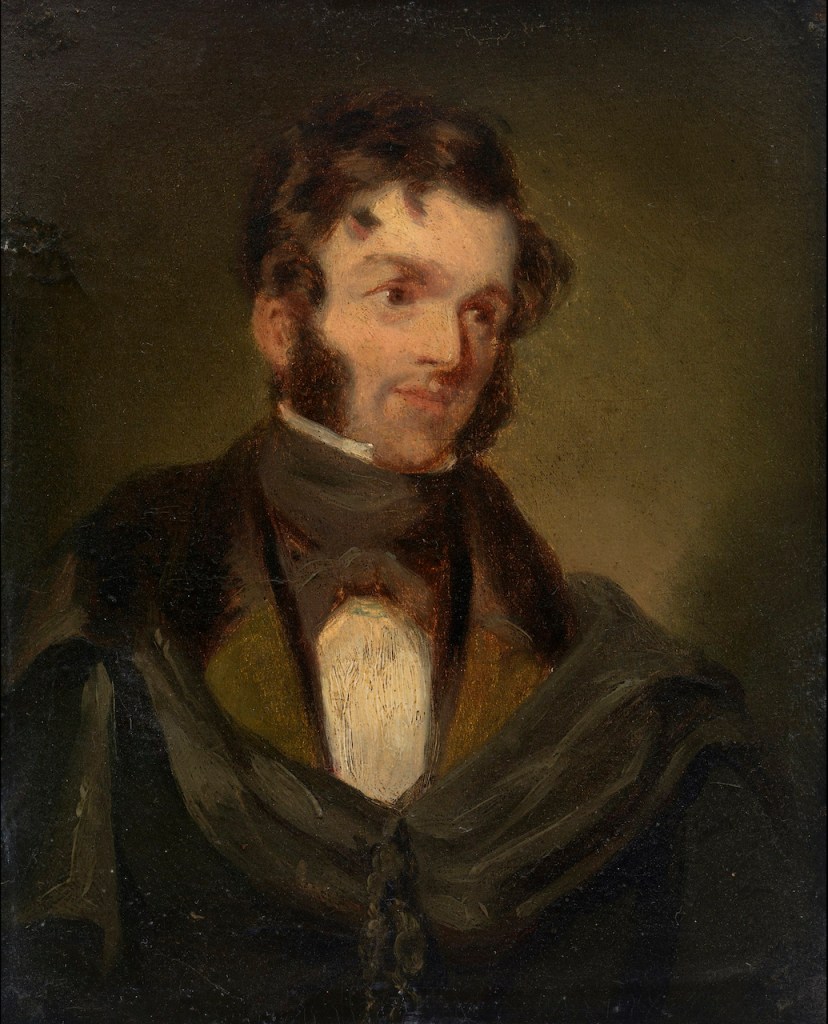
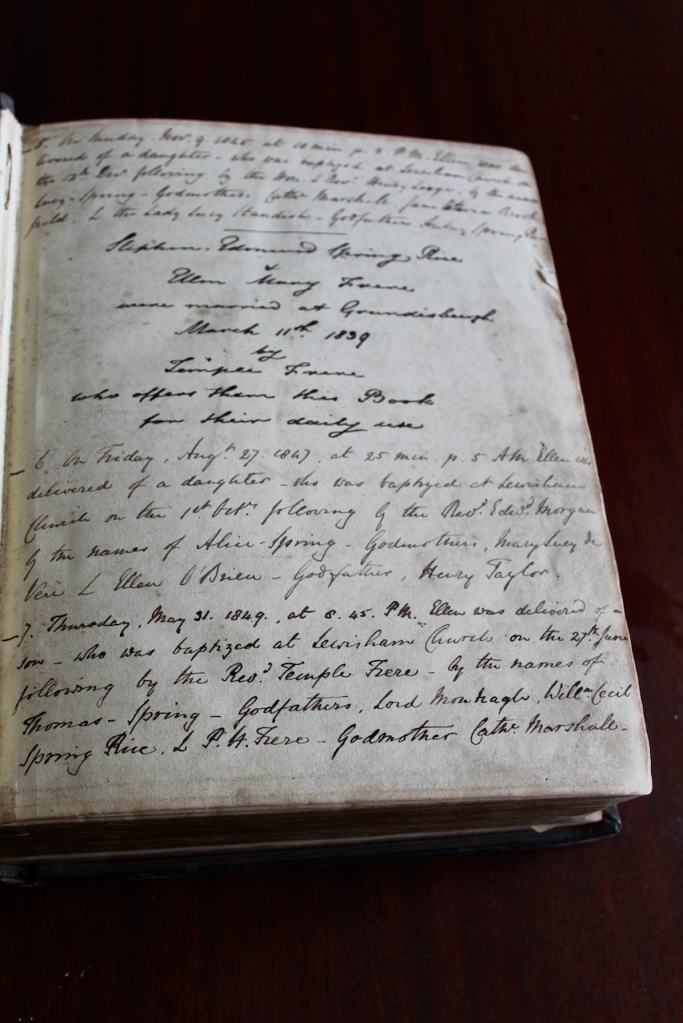

Thomas (1849-1926) was popular with the locals and helped to promote the Co-operative Creamery Movement in Limerick, and was a friend of Horace Plunkett. He held the office of Deputy Lieutenant (D.L.) of County Limerick.
Thomas the 2nd Baron married Elizabeth Butcher in 1875, daughter of the Bishop of Meath. Their daughter Mary (1880-1924) became a passionate advocate of Irish independence. She was influenced by her cousin Nelly O’Brien, from Cahermoyle House in County Limerick. She learned Irish and hired a native speaker from Kerry to teach classes in the local national school. [7] The Dictionary of Irish Biography tells us that she was an early member of the United Irishwomen, founded in 1910 as a sister organisation to the Irish Agricultural Organisation Society (IAOS) of Horace Plunkett, to encourage countrywomen’s industries and handicrafts. In 1911 she was on the executive of the Limerick branch of the Irish Countrywomen’s Association.
Most famously, she was involved with bringing guns from Germany into Ireland with Erskine Childers in his boat the Asgard. Her Asgard diary was published in Martin, Howth gun running (1964). Mount Trenchard was used as a safe house for member of the IRA during the War of Independence. There are tunnels underground which could lead down to the Shannon estuary.
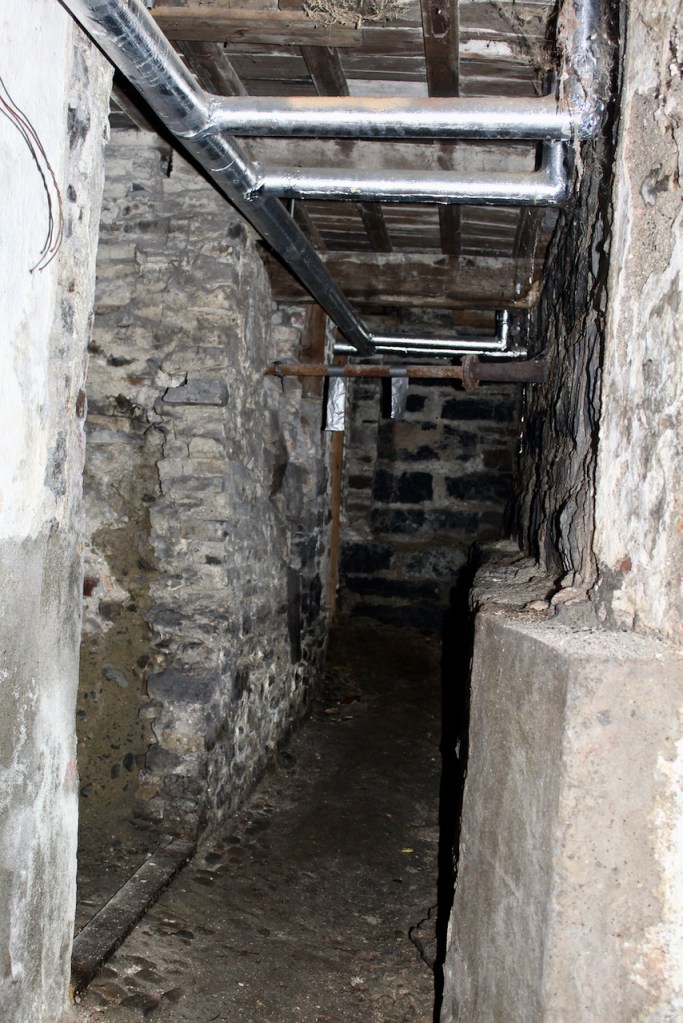
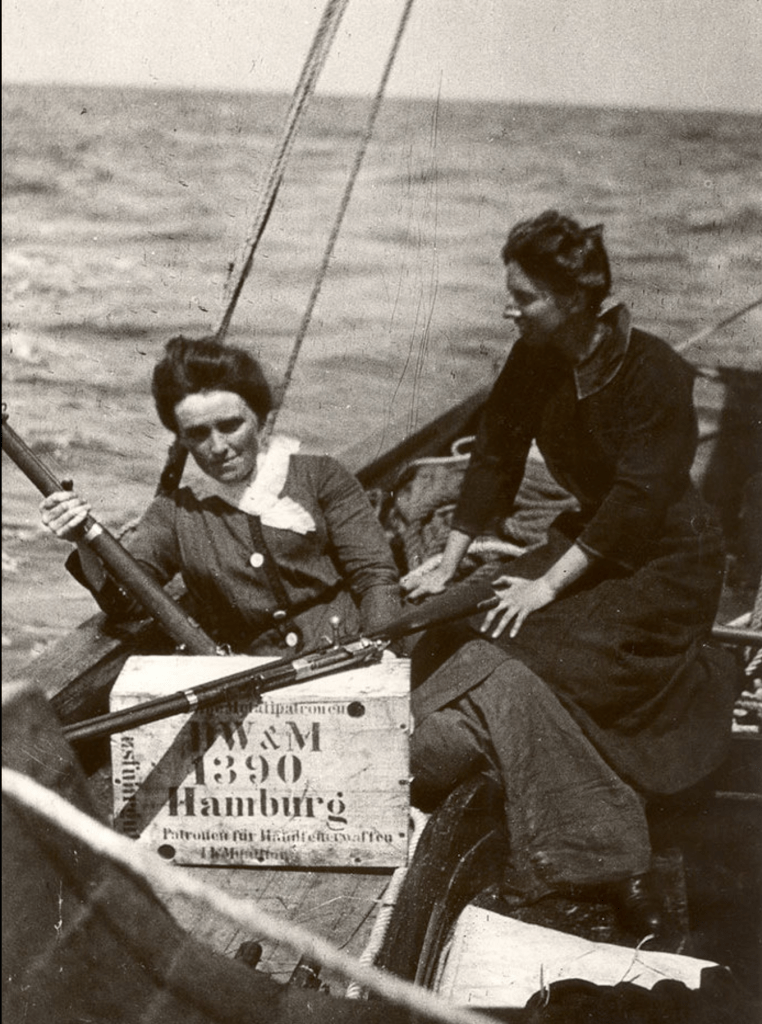
In 1940 the house was let and occupied by a unit of the Irish Army, and they remained there for the duration of WWII.
The 3rd Baron Monteagle did not marry, and his uncle, Francis Spring Rice (1852-1937) became 4th Baron Monteagle of Brandon, of Brandon, Co. Kerry in 1934. He gained the rank of Commander in the Royal Navy. In 1882 he married Elizabeth Ann Fitzgerald, daughter of Peter George, 1st Baronet FitzGerald, of Valencia, Co. Kerry (son of the 18th Knight of Kerry). It was their son Charles who became 5th Baron Monteagle. The 4th Baron later married his wife’s sister, after his wife died. She was the widow of Stephen Edward Spring Rice (1856-1902), grandson of 1st Baron Monteagle.
Charles Spring Rice (1887-1946) joined the military and fought in WWI. When the 5th Baron Monteagle of Brandon died in 1946, the estate was sold. In 1954, the Sisters of Mercy acquired the estate and ran it as a private boarding school for girls, called Stella Maris. [8] It was later sold again, and is now being renovated. The caretaker gave us a wonderful tour of the house and showed us details of renovation, as well as bringing us out to the walled garden, where he has done great work.
It’s a lovely walk from the back garden up to the walled garden. Our tour guide also does the gardening and the walled garden is productive as well as beautiful.

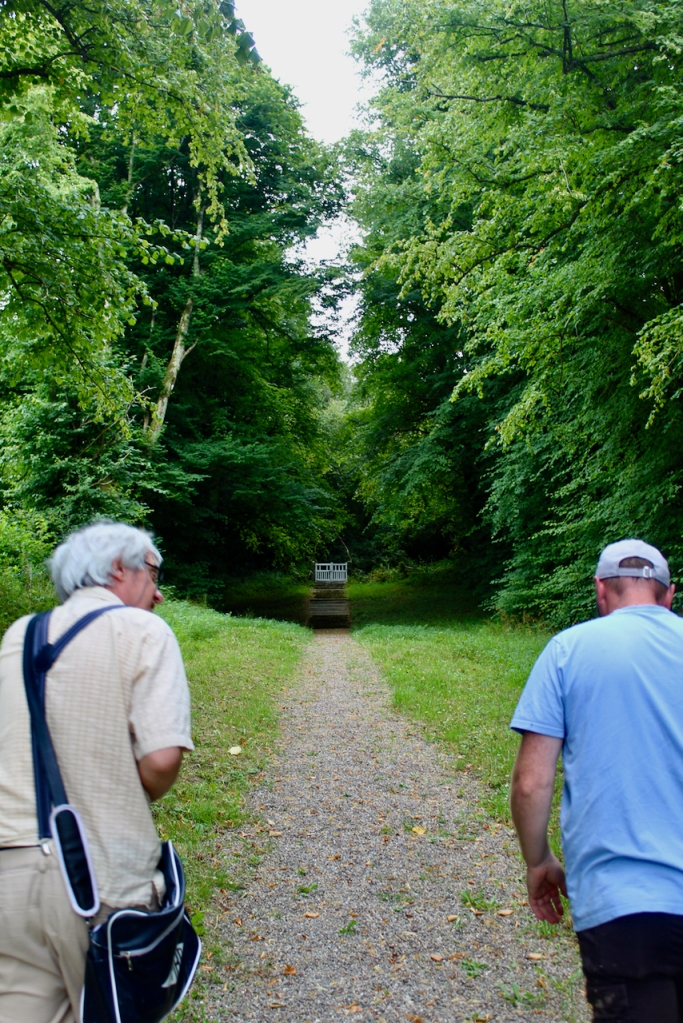
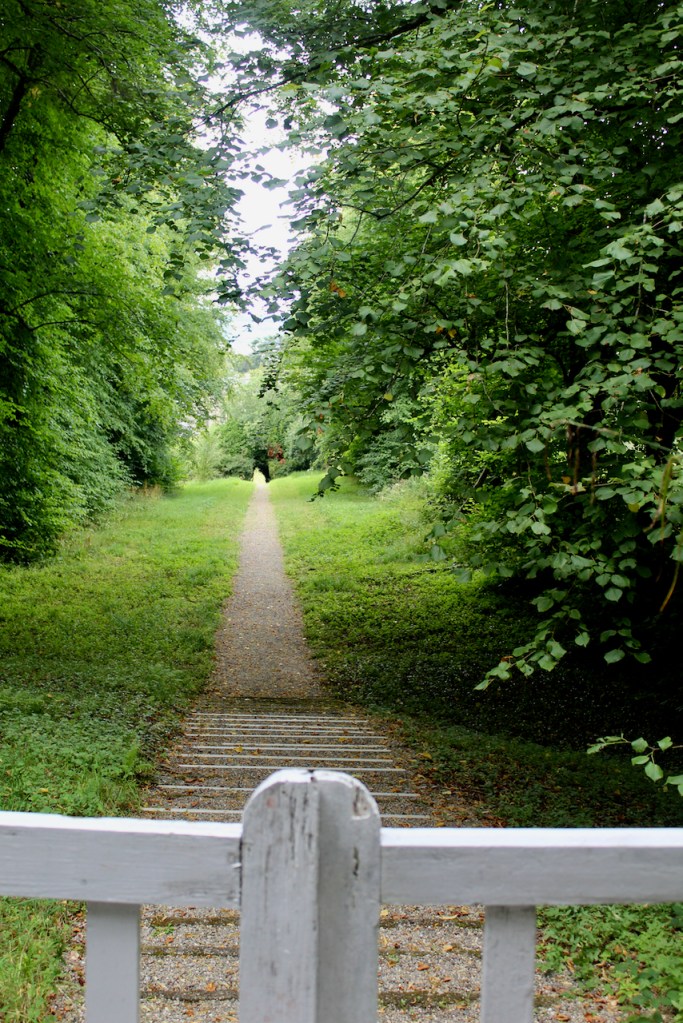
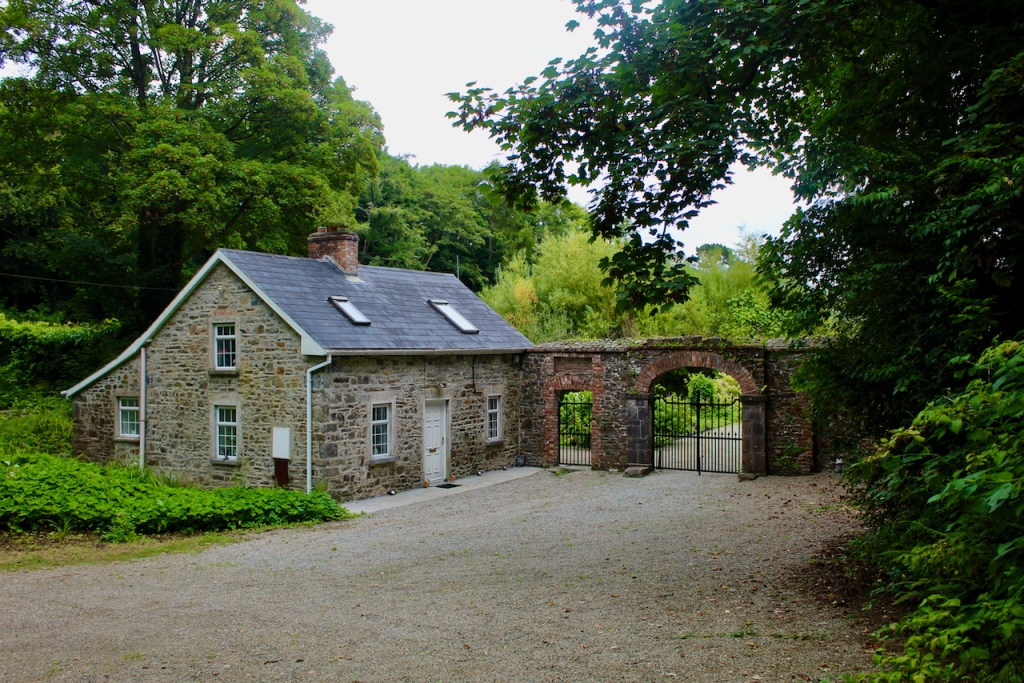

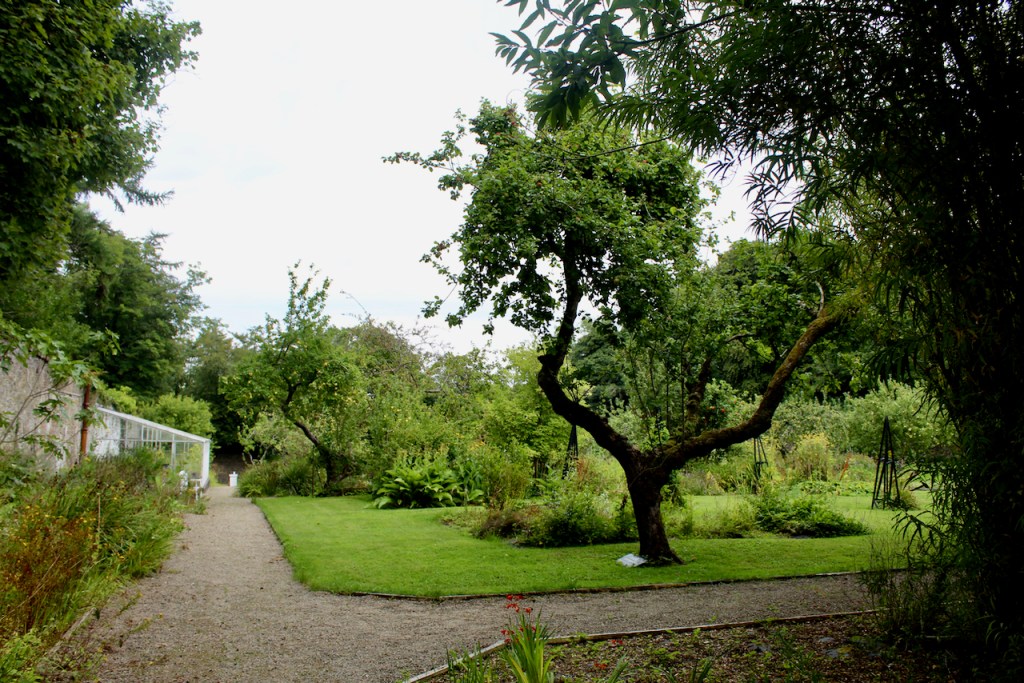
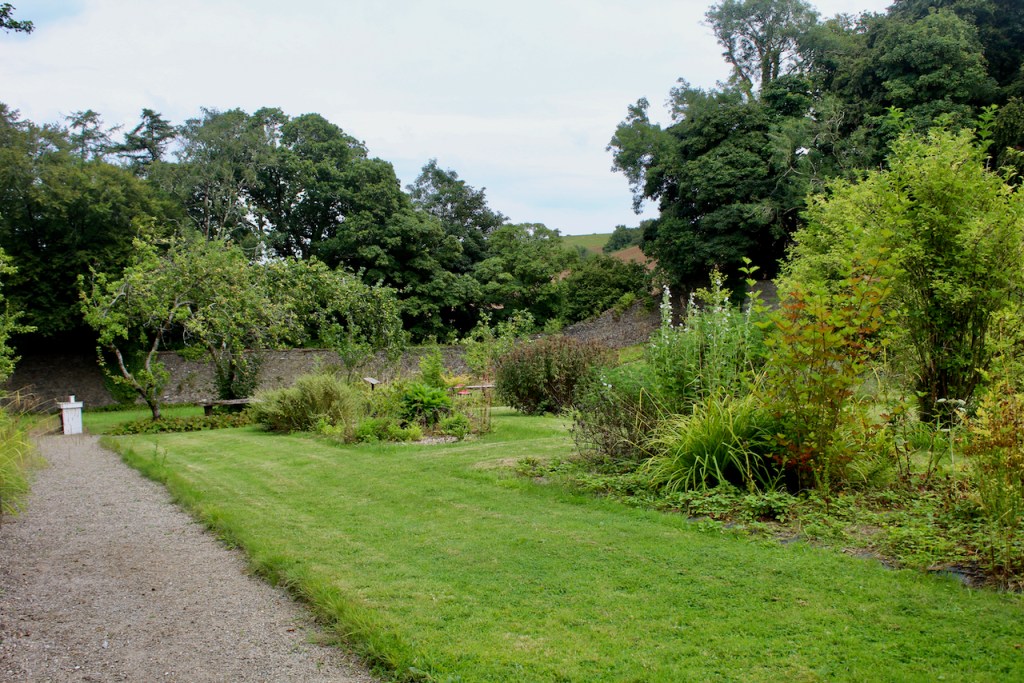

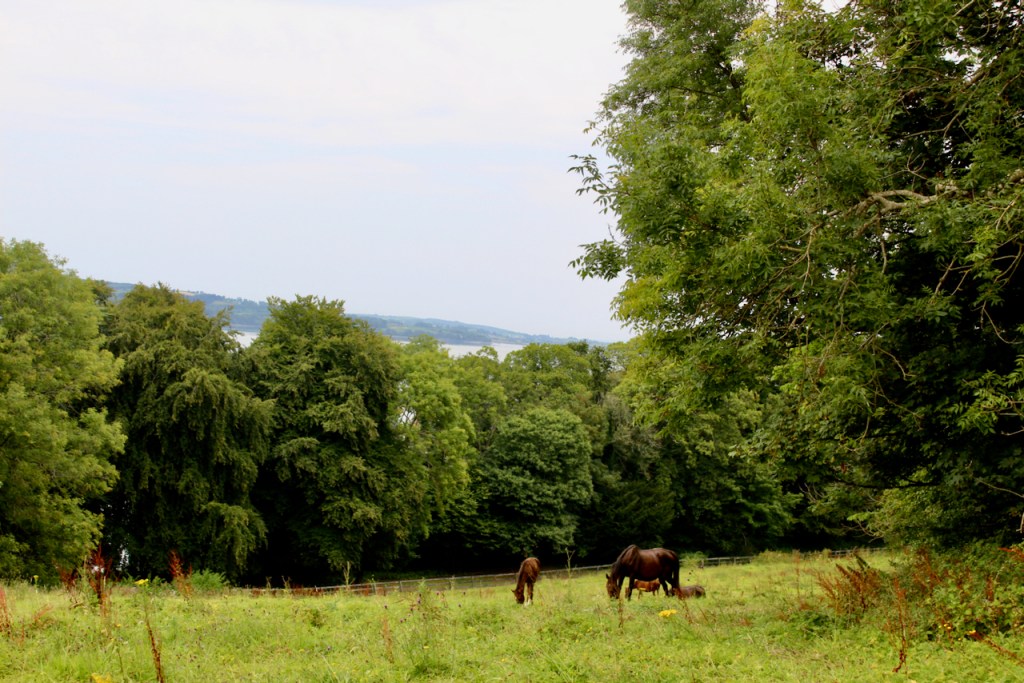
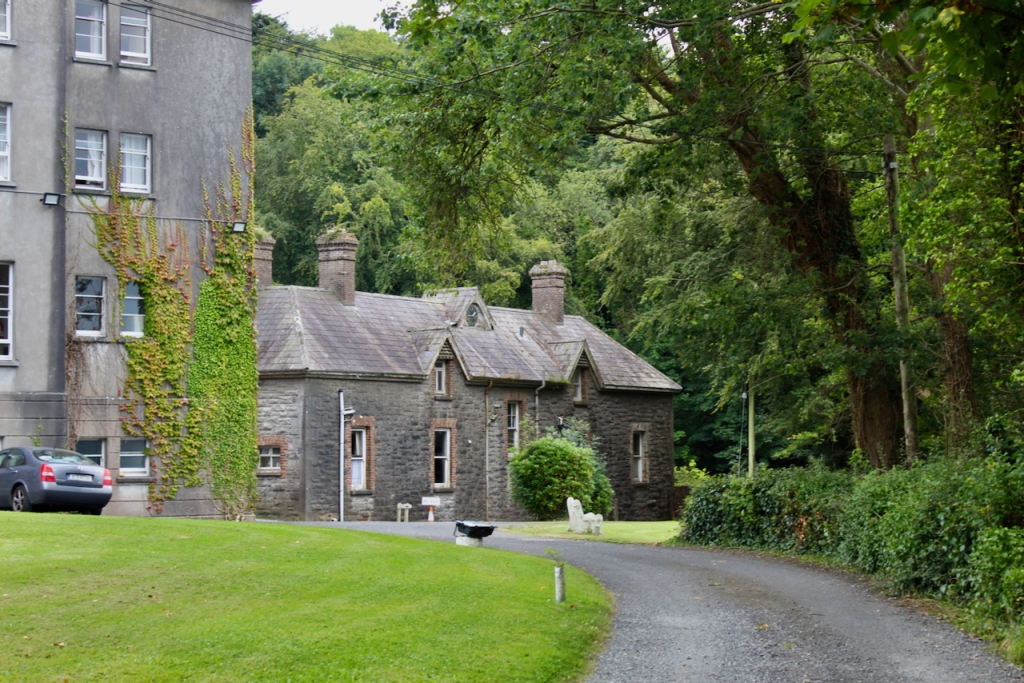
[1] http://landedestates.nuigalway.ie/LandedEstates/jsp/property-list.jsp?letter=M
[3] Bence-Jones, Mark. A Guide to Irish Country Houses (originally published as Burke’s Guide to Country Houses volume 1 Ireland by Burke’s Peerage Ltd. 1978); Revised edition 1988, Constable and Company Ltd, London.
[4] https://www.dib.ie/biography/rice-sir-stephen-a7660
[5] https://www.curraghchasecaravanpark.com/history-of-curraghchase
[6] https://www.dib.ie/biography/rice-thomas-spring-a7661
[7] https://www.dib.ie/biography/rice-mary-ellen-spring-a7658
[8] http://lordbelmontinnorthernireland.blogspot.com/2014/12/mount-trenchard-house.html
Hello, is the house still open to the public
LikeLike
Officially under the Section 482 scheme they are not open for the rest of 2023. They have afternoon tea advertised on their website, and you have to book in advance – I don’t know if they are taking bookings.
LikeLike